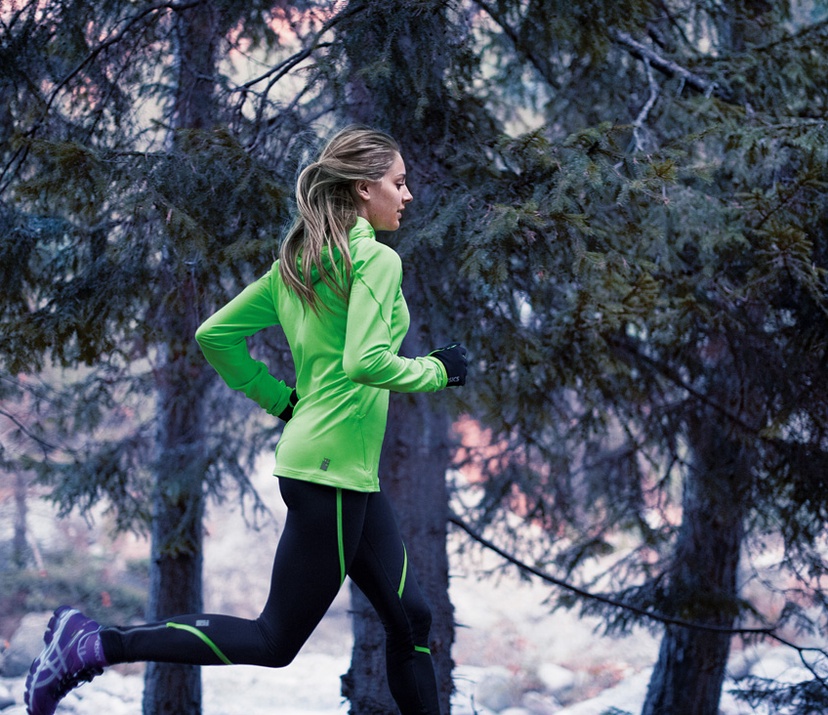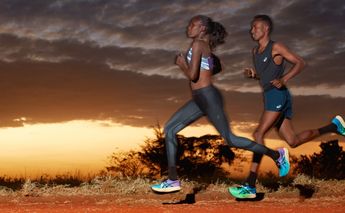Find out how to change your technique to adopt a more natural running style and get the benefit of the most efficient gait runners have in their armoury
If you’re trying natural running, getting the right shoes will help you get the benefits by mixing up your training.
But if you’re already comfortable running naturally, you’ll get even more benefits by changing your running technique.
A natural running technique
Natural running changes how you run by encouraging you to adopt a mid-foot style. It’s the most natural gait we have as runners and is a more efficient technique than the forefoot or heel running styles most runners adopt.
But the challenge runners face is that we’ve been encouraged to adopt these other styles, and to get the most out of natural running we need to adopt a new style.
Getting the posture right for natural running
When you run, your arms and legs coordinate to control pace, stride and foot-strike – so if you want to encourage a mid-foot strike, you need to change your posture.
The best style for natural running is to carry your elbow at an angle of less than 90 degrees and swing your arms as close to the body as possible.
Here’s how your posture should change at different phases of the run:
- First contact with the ground
With your torso upright, your foot should set flat on the ground and your knee should be only slightly bent, with the lower leg almost vertical below it. - Stand
The knee of your standing leg should support your whole body and your torso should remain upright as you stand. - Propulsion
In the final phase where your feet are on the ground, your standing leg should provide the propulsion. Extend your knee and hip rapidly to the maximum stride length and with a strong push from your calf muscles, your heel will leave the ground. - Swing
This final phase is where the other leg comes into play – raise it parallel to the ground as it swings forward and this will make it easier to swing the rear leg forward.
Keep natural running part of a mixed programme
If you’re trying out natural running, it’s important not to do all your training in your natural shoes. During your first sessions, the calf muscles and Achilles tendons will be put under more stress than normal – in fact 1 kilometre in natural shoes is biometrically equivalent to 2 in traditional road shoes.
So start out gently with 3-4 kilometres per session each week.
Even when you’re used to the natural shoes and feeling the full effect, it’s a good idea to balance them with your road, trail or speed shoes. Each type of shoe promotes a different style, with different effects on the muscles and the body.
More about mixing up your training
Not ready to change your style?
If you’re not quite ready to adapt your style for natural running, simply getting the right shoe can have a beneficial effect.
Natural running shoes are lighter and flatter in the midsole. They also have a lower heel drop – that’s the gap between the heel and the sole – and are designed to flex instantly with your foot with FluidAxis technology. It gives a more responsive ride and a more natural feel regardless of your technique.
Check out our 33 range of natural running shoes
So if you’re not ready to change your entire technique, simply strapping on a pair of natural running shoes will help you get some of the benefits of natural running.
And if you like the ride, why not change your technique in the future and improve your performance even more?



